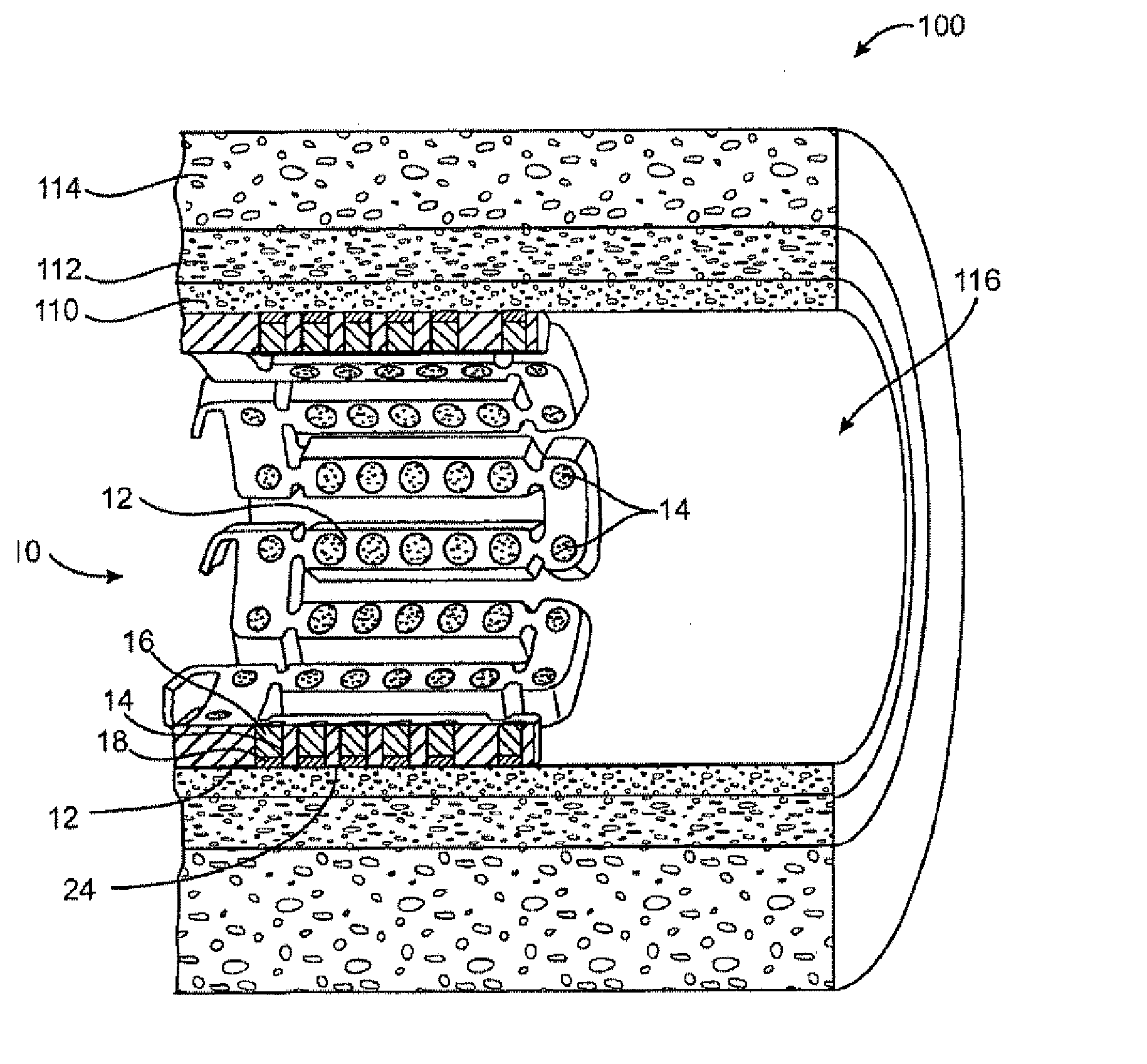Methods and Devices for Reducing Tissue Damage After Ischemic Injury
- Summary
- Abstract
- Description
- Claims
- Application Information
AI Technical Summary
Benefits of technology
Problems solved by technology
Method used
Image
Examples
Embodiment Construction
[0024] Method and devices are provided for treatment of acute ischemic syndromes including acute myocardial infarction and for reducing injury due to reperfusion of tissue.
I. Definitions
[0025] First, the following terms, as used herein, shall have the following meanings:
[0026] The terms “drug” and “therapeutic agent” are used interchangeably to refer to any therapeutic, prophylactic or diagnostic agent.
[0027] The term “anti-ischemic agent” is used to refer to a drug or therapeutic agent that reduces tissue damage due to ischemia and / or reperfusion, or reduces infarct size after AMI.
[0028] The term “matrix” refers to a material that can be used to contain or encapsulate a therapeutic, prophylactic or diagnostic agent. As described in more detail below, the matrix may be polymeric, natural or synthetic, hydrophobic, hydrophilic or lipophilic, bioresorbable or non-bioresorbable. The matrix will typically be biocompatible. The matrix typically does not provide any therapeutic resp...
PUM
| Property | Measurement | Unit |
|---|---|---|
| Time | aaaaa | aaaaa |
| Time | aaaaa | aaaaa |
| Time | aaaaa | aaaaa |
Abstract
Description
Claims
Application Information
 Login to View More
Login to View More - R&D
- Intellectual Property
- Life Sciences
- Materials
- Tech Scout
- Unparalleled Data Quality
- Higher Quality Content
- 60% Fewer Hallucinations
Browse by: Latest US Patents, China's latest patents, Technical Efficacy Thesaurus, Application Domain, Technology Topic, Popular Technical Reports.
© 2025 PatSnap. All rights reserved.Legal|Privacy policy|Modern Slavery Act Transparency Statement|Sitemap|About US| Contact US: help@patsnap.com



